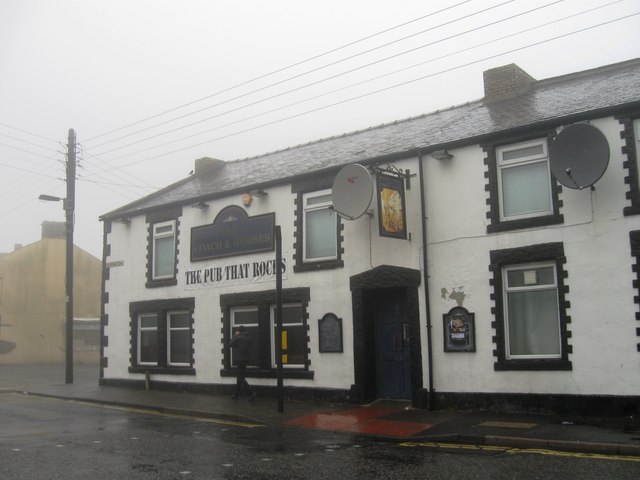Leadgate from 1880
by Joseph Noble
An inhabitant of that era transported in time to modern Leadgate would indeed find considerable change in both the buildings and the layout of streets. Carr House Bridge had not been constructed at that time, and the traveller proceeding from Consett entered the Village of Leadgate by a level crossing to the east and below the present bridge. Near where the present Leadgate Store now stands, at West Parade, there were situated two buildings of interest. Shotley Bridge Flour Mill had a storehouse here, and nearby stood “The Kitty” Lead-gate’s unofficial overnight gaol, where minor law breakers, particularly drunks, were detained pending transfer to the official Consett police station the following morning.
It is perhaps difficult to realise that there was a steep hill, known as Bottle Bank, leading from the railway northwards, and, where the present Haven stands used to be the site of the old Wesleyan School. Plantation Street was still in use then, and many of the inhabitants kept pigs. The Company houses were arranged in squares and every Sunday morning a gambling school could be found in each one.
As the traveller proceeded up Front Street, the Surgery where Drs. Renton and Allen practised medicine can still be pinpointed, and a dentist now utilises the old Leadgate Reading Room for his consulting rooms. William Aynsley, of Consett fame, used to have his grocery and off-licence shop sited here, and a little further up, a barber named Todd, who presumably would be nicknamed Sweeney, was noted for his statement that he could shave “sixty men in an hour, at a penny a time”. At the old Black Bull, now a fruiterer’s shop, Thomas Rowe served his time as a baker, before moving further up the street. His bakery was one of the oldest shops in the area, being established in 1845.
The old site of Leadgate Store is now occupied by three houses, numbers 29, 30 and 31 Front Street. It is interesting to report that before the turn of the century the Store dividend was much higher than it is today, and was believed to be in the region of 4s. 2d. Smokers found tobacco cheaper to purchase from the Store the from wholesale tobacconists!
A sport popular amongst Leadgate inhabitants at this time, was a game known as “Fives”. A court was built behind where the present Workmen’s Club situated, but unfortunately within three weeks the building was blown down by the wind. This must have been frustrating to lovers of the sport.
Leadgate Miners’ Welfare Hall has had a strange history, being a chapel, a joiner’s shop and a grocer’s shop, before fulfilling its present function. Behind the Hall were more Company squares and besides the present Coal Board Offices was sited the first School in Leadgate. Nearby coke ovens and furnaces were also in use in the village at this period.
There were very few houses in Durham Road in 1880. Behind No. 11 was the old drift mouth, and the land, which now houses Ash, Elm, Oak and Windsor Terraces and Park Villas, was particularly liable to pitfalls. Iveston Pit itself stood half way between Leadgate and Iveston and a small electric tower used to mark the site, but this was recently demolished.
A final point of history of Leadgate arouses particular interest. Where the present garage now stands in Durham Road, the Shotley Bridge Gas Company used to have a large storage gas tank. This stood empty for a long time, and a Leadgate curate was tempted to utilise the tank as a swimming pool. The cost of purchase, £400, was prohibitive however, and the idea had to be abandoned.
From the Consett Story by Consett Lions Club
The Consett Story (archive.ph)




